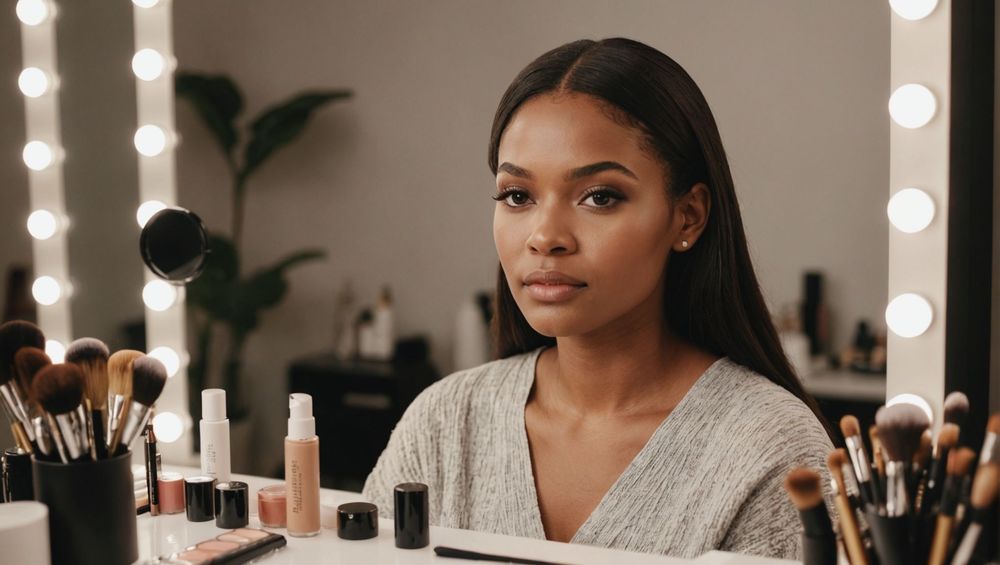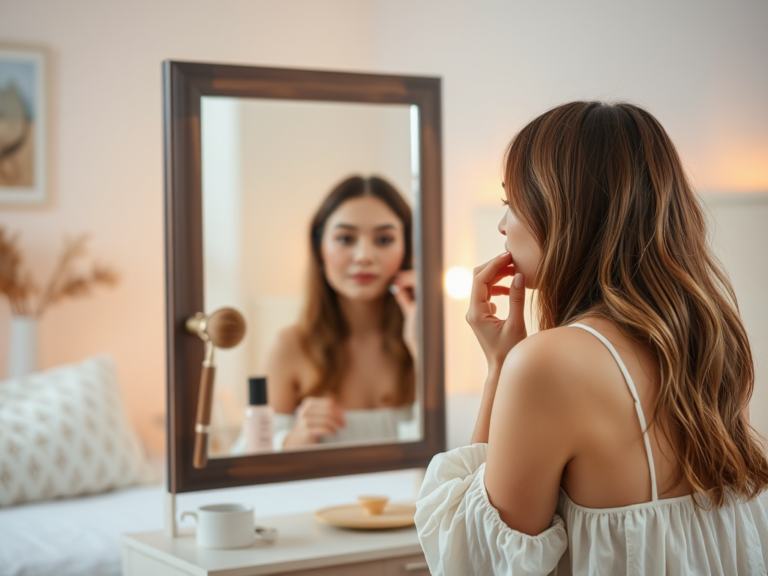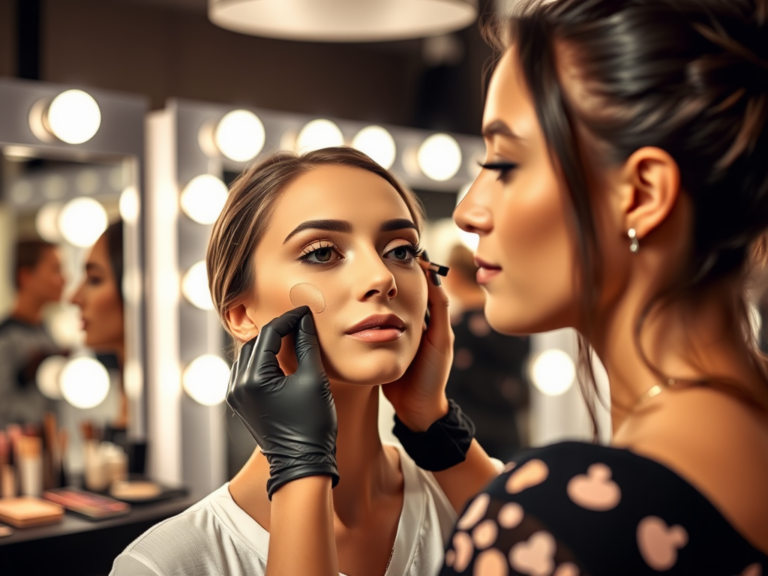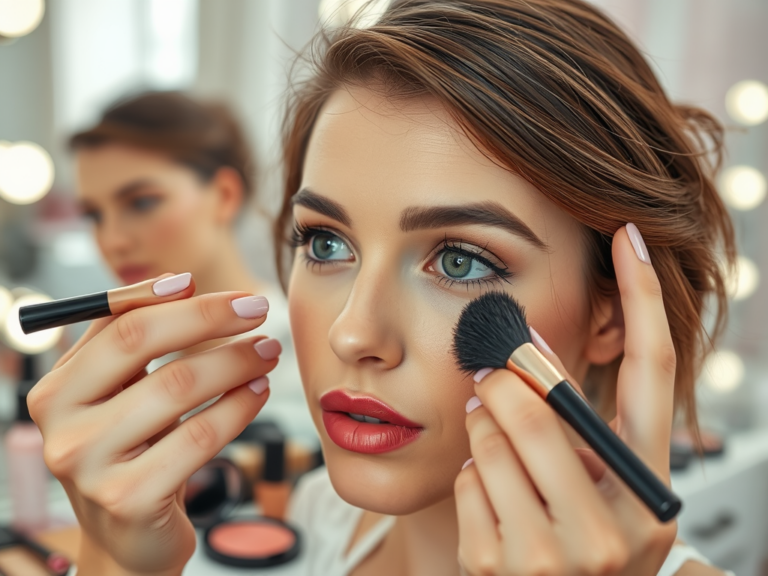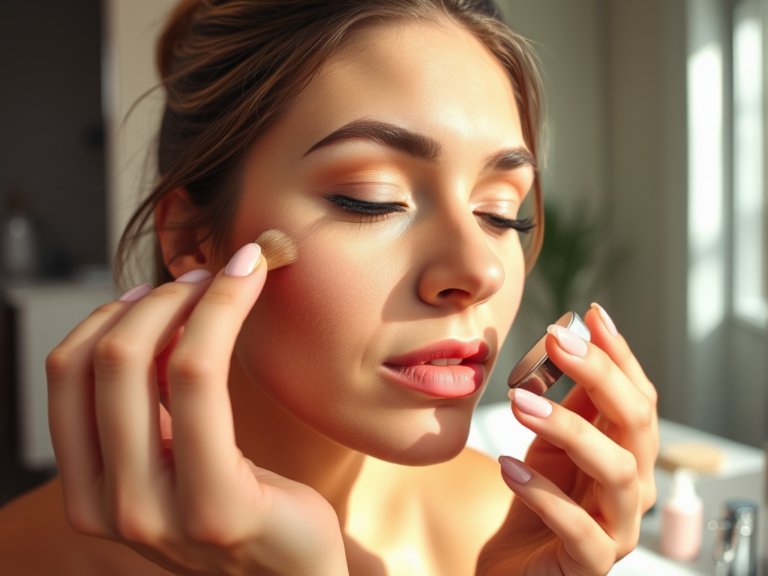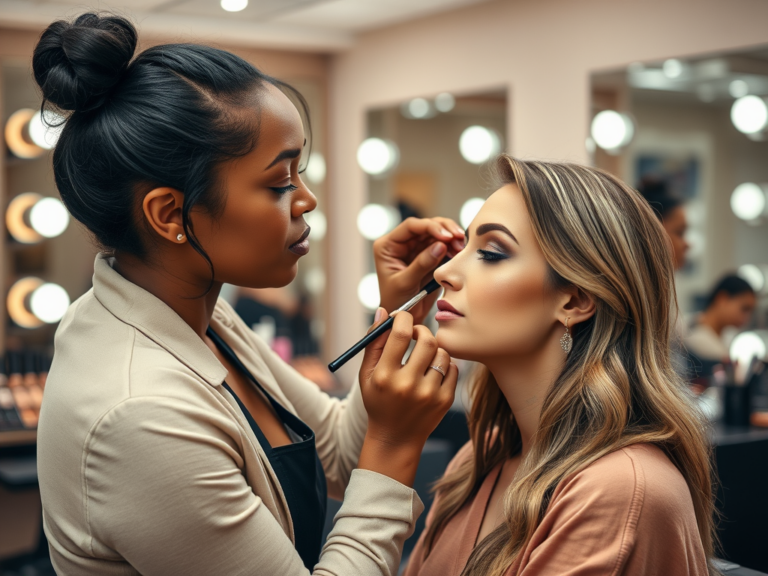Using makeup to cover scars can be a transformative experience that boosts your confidence and enhances your beauty. Expert makeup artists suggest that the right techniques and products can effectively diminish the appearance of scars, blending them seamlessly into your skin. In this article, we will explore practical methods to master the art of scar coverage, including selection of products, specific techniques, and finishing touches to ensure a flawless finish.
Understanding Your Scars
Before diving into makeup application techniques, it’s crucial to understand the type of scars you are dealing with. Scars can vary in texture, color, and size, and recognizing these factors can influence your choice of makeup products. Here are some types of scars you might encounter:
- Hypertrophic Scars: Raised scars that may appear red or dark.
- Keloid Scars: Thick, raised scars that extend beyond the original site of injury.
- Atrophic Scars: Depressed scars often caused by acne or chickenpox.
- Striae: Stretch marks that can be red, purple, or white in color.
Knowing these types will help you select products better suited for your needs, ensuring that you achieve an even skin tone and a smooth surface for the application of makeup.
Choosing the Right Products
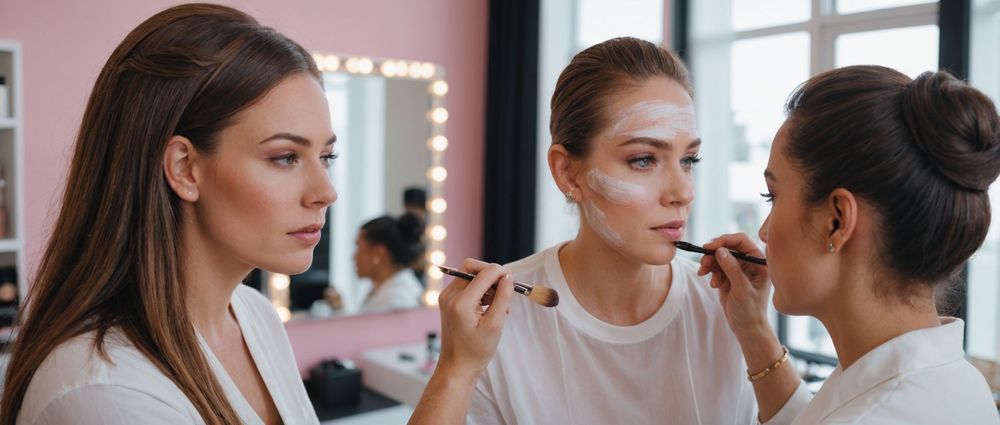
Selecting the appropriate makeup products is essential for effectively covering scars. Here’s what to consider when shopping for your makeup arsenal:
- Primer: Start with a quality primer that suits your skin type. This creates a smooth base and helps the makeup to adhere better.
- Concealer: A full-coverage, creamy concealer that matches your skin tone is ideal for scar coverage.
- Foundation: Choose a foundation that offers buildable coverage. Matte finishes often work better for scars since they reduce shine.
- Setting Powder: A translucent setting powder will help lock in your makeup and prevent it from settling into the scars.
- Setting Spray: Finish off with a long-lasting setting spray to enhance the durability of your makeup.
Investing in high-quality products specifically designed for scar coverage can elevate your makeup game and ensure that your scars remain concealed throughout the day.
Application Techniques for Seamless Coverage
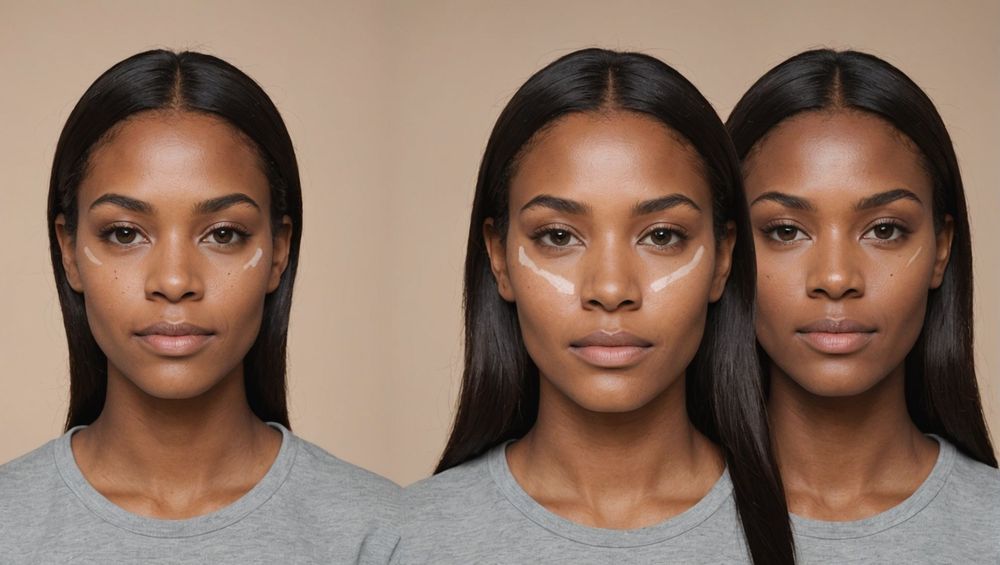
Once you have the right products, the next step is mastering application techniques. Here’s a step-by-step guide to help you achieve the best results:
- Clean and Moisturize: Start with a clean face. Apply a lightweight moisturizer to create an ideal surface for makeup.
- Apply Primer: Use your fingers or a brush to apply primer evenly across your face, focusing on the areas with scars.
- Concealer Application: Directly apply concealer over your scars using a small brush or your fingertip. Pat, don’t rub, to blend it into your skin.
- Foundation Layer: Using a damp beauty sponge, apply foundation over your face, ensuring you blend it over the concealer for a seamless look.
- Set with Powder: Lightly dust translucent powder over your face to reduce shine and keep your makeup in place.
- Setting Spray: Finish with a setting spray for longevity, especially if you need your makeup to last all day.
These techniques help in achieving a smooth, natural-looking finish that effectively disguises scars and enhances your overall appearance.
Finishing Touches and Tips
After a meticulous application, adding a few finishing touches can enhance your look even further. Here are some additional tips:
- Highlighting: Use highlighter on the high points of your face to attract attention away from scars.
- Blush: A natural flush can complement your look, drawing attention to your cheeks instead of scars.
- Regular Touch-Ups: Carry concealer and powder for quick touch-ups throughout the day, especially if you notice any fading.
- Skin Care: Incorporate skincare to help improve the scar’s texture and appearance over time, making your makeup easier to apply.
Remember that confidence plays a significant role in how others perceive you, so wear your makeup with pride and own your look!
Conclusion
Covering scars with makeup can be an empowering process, allowing you to feel more comfortable in your skin. By understanding the types of scars, selecting the right products, and mastering effective application techniques, you can achieve stunning results that boost your confidence. Remember that practice makes perfect, and over time, you will refine your application methods. Whether for an everyday look or a special occasion, using makeup to cover scars can lead to a fulfilling experience.
FAQs
1. Can makeup completely cover scars?
While makeup can significantly diminish the appearance of scars, it may not completely hide them. The right products and techniques can give you a flawless look, but deep scars might still be somewhat visible.
2. What type of concealer is best for covering scars?
A thick, creamy concealer that matches your skin tone is best for covering scars. Look for full-coverage formulas that offer long-lasting wear.
3. Should I use a primer before applying makeup on scars?
Yes, a primer will create a smooth base for your makeup, helping it to adhere better and preventing it from settling into scars.
4. Are there specific ingredients to avoid in makeup for sensitive skin?
It’s best to avoid products with heavy fragrances, alcohol, or parabens if your skin is sensitive. Opt for hypoallergenic and non-comedogenic formulas instead.
5. Can skincare help reduce the appearance of scars?
Yes, incorporating products with ingredients like silicone, retinoids, and hyaluronic acid can improve skin texture over time and make makeup application easier.
